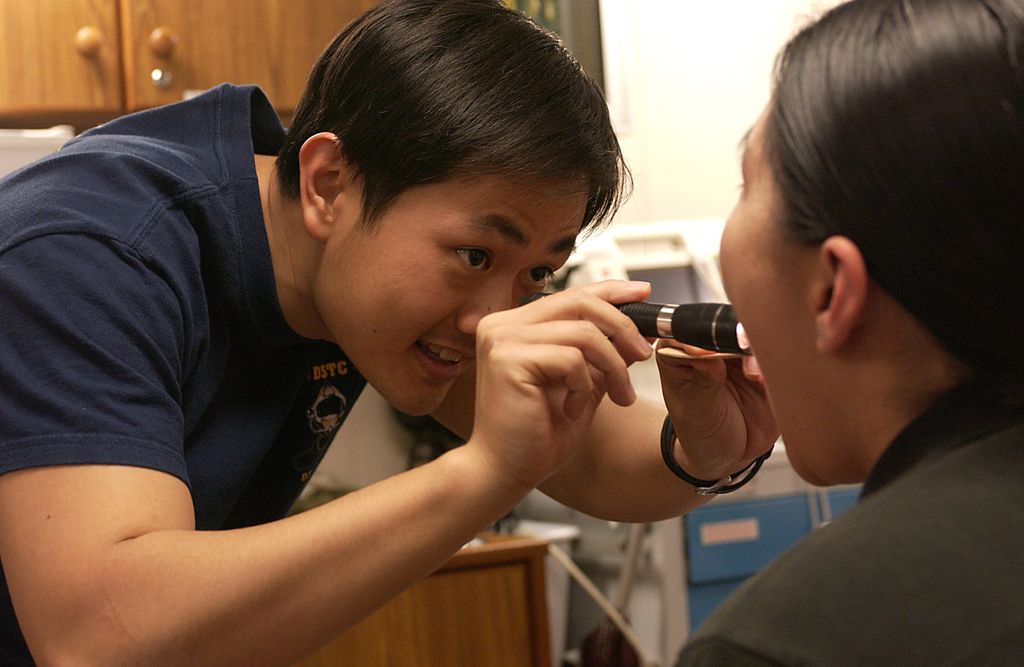
Imagine if you could walk into a doctor's office anywhere in the US, and access your medical records. No calling your last doctor, no filling out extra forms, less waiting time. And most importantly, the hazards of misidentification would be reduced. This is the aim of the CHIME National Patient ID Challenge on HeroX.
CHIME stands for the College of Healthcare Information Management Executives, an organization where chief information officers and other technology professionals can unite to discuss how to make technology work for health care. In recent weeks, CEO Russell Branzell has traveled to Canada and the United Kingdom and spoken to CIOs in those jurisdictions. He received a lot of interest for patient matching.
"They have it better," he told HeroX. "In the United States in particular, we have legislation that until the late 90s, not only inhibited but made it illegal for government to fund and/or work on patient identification or propagation of a system."

A universal record system could make it easier to keep track of medical conditions. Credit: U.S. Navy
In Canada, there are limited forms of identification available in government payout systems across provinces (health is managed by each province) and also across the country, Branzell said. But in informal conversations, he heard that they face the same error rates that are seen in the United States, anywhere between 80% and 95%.
The United Kingdom's National Health Service (where the vast majority of care is provided) has a centralized way of matching patients, but it's mostly for accounting and payment services. Disparate systems and different vendors make it a challenge to do the same for health records, Branzell said. There also may be disparities when looking at different countries in the United Kingdom, such as between Britain and Scotland.
It all speaks to the possibility of sharing patient matching strategies in the United States with other countries, Branzell added. "When we solve this for the United States, there could be portability for other countries or a worldwide solution," he said. Branzell cautioned, however, that it's unclear whether this would be best served through a single system or an individualized system by country.

It will be easier to patient-match with electronic records. Credit: U.S. Navy
Meanwhile, the HeroX challenge is moving forward. In the next three to six weeks, CHIME executives plan to finalize the criteria and release them to the public to gain input. The goal of the challenge is to drop the error rate from 20% to 0%. This will not only improve the outcomes for patient health, but also save money -- allowing for resources to be allocated to helping patients.
To get involved, follow the challenge here on HeroX -- more updates will be released in the coming weeks.
Top image: Patient ID matching could be useful across several jurisdictions outside the United States. Credit: Wikimedia Commons








